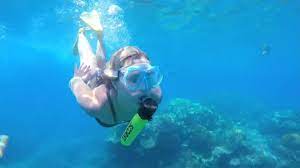
Tank valve maintenance: 5-step cleaning procedure
Here’s a concise 5-step cleaning procedure for tank valve maintenance: First, isolate the valve and depressurize the system. Next, disassemble the valve, inspecting for visible cracks or corrosion ...
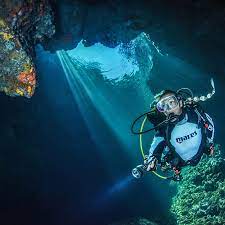
Regulator setup errors: 6 common mistakes and fixes
Regulator setup errors can disrupt operations, with 6 common mistakes including incorrect pressure settings (causing 20% efficiency loss), misaligned components (leading to 15% more leaks), and imp...
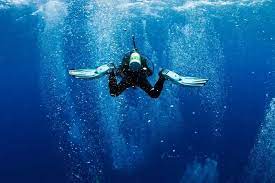
Scuba gear storage tips: 5 Tank Protection Methods
To protect scuba tanks during storage, always rinse with fresh water after use to prevent corrosion, and store them upright in a cool, dry place away from direct sunlight to avoid damage. Keep tank...
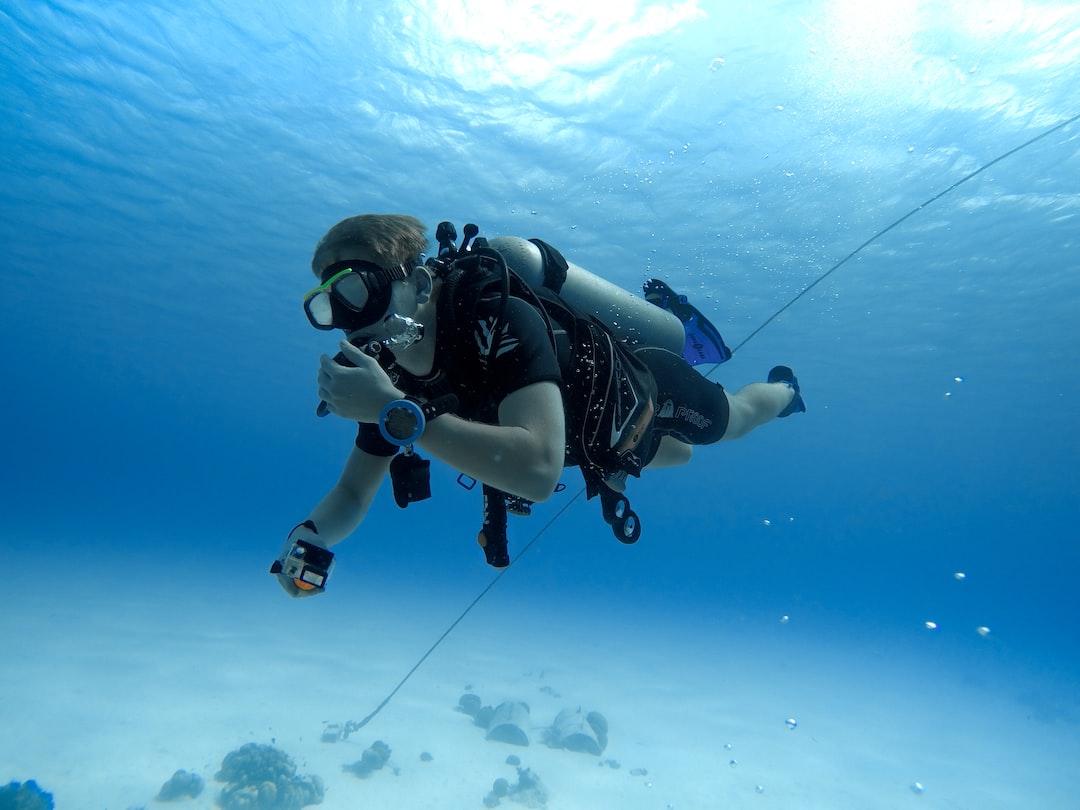
Snorkel dry top valves: 5 Anti-Leak Mechanisms
Snorkel dry top valves feature five key anti-leak mechanisms: 1) Dual silicone seals (99.5% waterproof) prevent water ingress at the neck, 2) Pressure-equalizing exhaust valves release trapped air ...
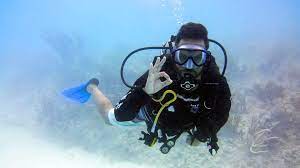
Temperature impact on mini tanks: 5 Storage Guidelines
Temperature significantly impacts mini tank storage: store between 10°C–25°C to prevent material degradation or pressure fluctuations. Below 5°C, seals may harden and leak, while above 30°C risks o...
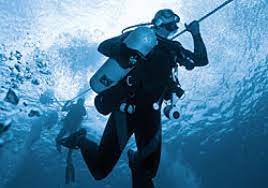
Hydrostatic testing process: 5 Steps for Scuba Tanks
The hydrostatic testing process for scuba tanks involves 5 key steps: 1) Visual inspection for cracks/dents (reject if depth exceeds 0.1 inch), 2) Filling with water to 90% capacity, 3) Pressurizin...